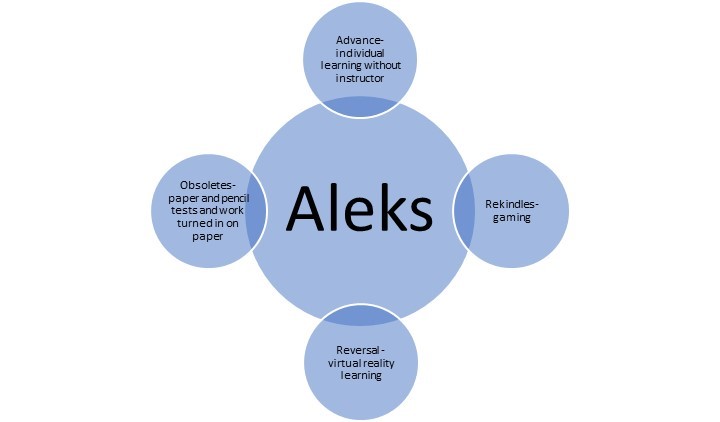Increasing Returns or Red Queens?
Recently, as I wanted to watch a particular science fiction movie I searched my Netflix account, and then I looked on my video on demand menu from my cable company. As a consumer of movies my first inclination was to go to a video on demand source to find a movie. I remember a time when we had a Blockbuster video store in every city for people to rent DVDs. There has been a fierce competition between DVDs and video on demand (VOD) over the years. So what is driving this race? As two forces that are competing as emerging technologies, one will have the advantage over another which is known as Increasing Returns or Red Queens.
Arthur describes increasing returns as “the tendency for that which is ahead to get further ahead, for that which loses advantage to lose further advantage” (Arthur, 1996, p.100). Thornburg’s definition of red queens is “two technologies that are in fierce competition with each other to gain an advantage over their competition by meeting new needs and becoming better (Thornburg, 2013e). I was baffled over the contest between DVDs and VOD because depending on the individual perspective one could justify both forces. My point of view is that DVDs and VOD are an example of red queens.
A Red Queen Emerges
DVDs and VOD have been in existence side-by-side over the last decade. Cable companies offered video on demand; however, many Americans did not have wi-fi and high Internet speeds to begin using this feature. I remember a huge craze for DVDs and Blu-ray devices, and then DVR’s became popular with cable companies allowing users to save their movies for regular access. Netflix began to surface; however, many people continued to watch DVDs as normal. Eventually, I recall using Netflix to order DVDs, and they would be shipped out to the home, never having to worry about late fees from the local video store. With the advancements in technology, smarter devices, cell phones, tablet, TVs, and faster Internet speeds it is much more convenient to stream a VOD right from a phone, tablet, or television.
As DVD and VOD remained in the fierce competition for many years, VOD was continually improving. VOD has grown due to many factors including easier access to videos from multiple devices, convenience, and a large supply of VOD from cable companies in private enterprises such as Netflix, Hulu, and many others. According to Thornburg red queens are when one competitor gains the advantage by meeting new needs and getting better. Even though DVDs did evolve into Blue rays, a new Red Queen emerged the VOD due to its evolution and compatibility with today’s high tech, multiple gadget generations.
Where do DVD’s and VOD align with McLuhan’s Laws of Media?
McLuhan informed us that all emerging technologies follow the four laws of media (as cited in Thornburg, 2013c). How does this apply to the DVD and VOD; where are they according to McLuhan’s laws of media? The VOD is the extension or enhancement, bringing about something new. Due to this improvement, the DVD is in obsolescence as the VOD gets more use and DVDs use diminishes. The newer technology of the VOD is driving the DVD into obsolescence.
Links:
History of Blockbuster http://www.fundinguniverse.com/company-histories/blockbuster-inc-history/
Dish Network purchased Blockbuster http://about.dish.com/press-release/financial/dish-network-completes-acquisition-blockbuster-assets
Blockbuster attempted Netflix model http://money.cnn.com/2004/08/11/technology/blockbuster_rental/
Blockbuster closed stores http://www.bbc.com/news/business-25345257
References:
Arthur, W. B. (1996). Increasing returns and the new world of business. Harvard Business Review, 74(4), 100−109.
Laureate Education (Producer). (2014e). David Thornburg: Increasing returns [Video file]. Baltimore, MD: Author.
Laureate Education (Producer). (2014g). David Thornburg: Red queens [Video file]. Baltimore, MD: Author.
Thornburg, D. (2013c). Emerging technologies and McLuhan’s laws of media. Lake Barrington, IL: Thornburg Center for Space Exploration.
Thornburg, D. (2013e). When is a technology emergent? Lake Barrington, IL: Thornburg Center for Space Exploration.











